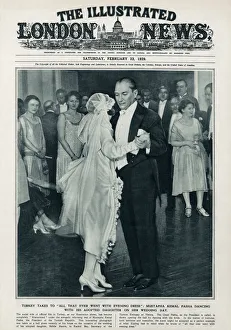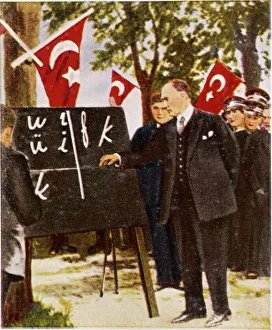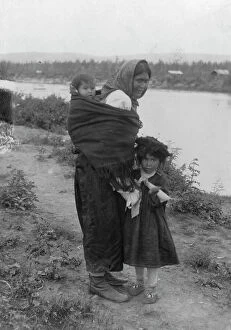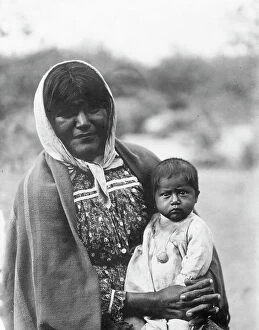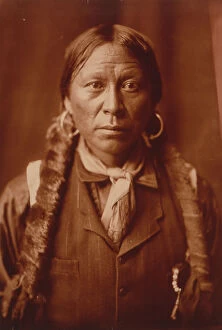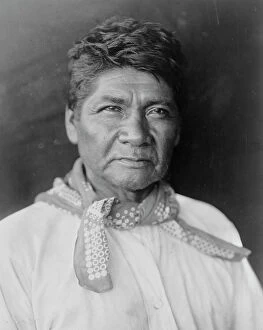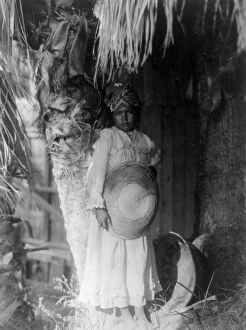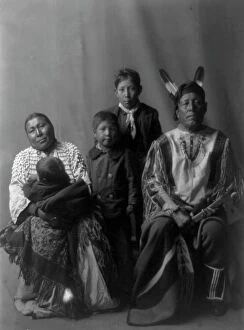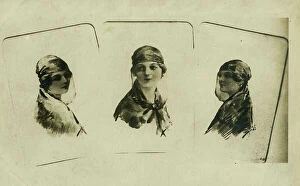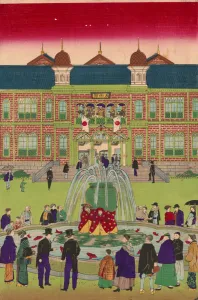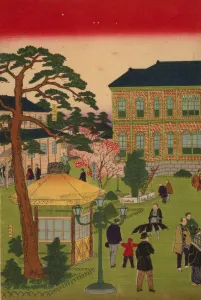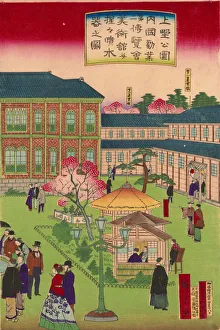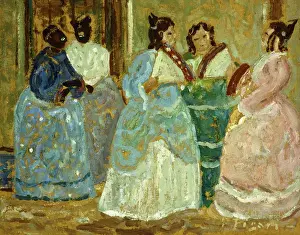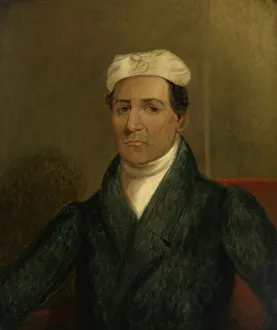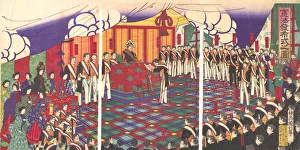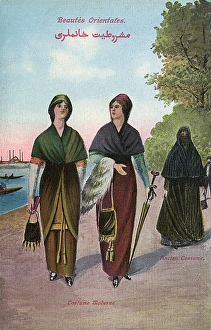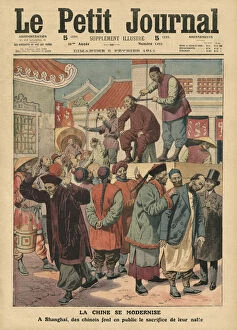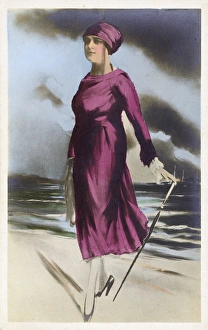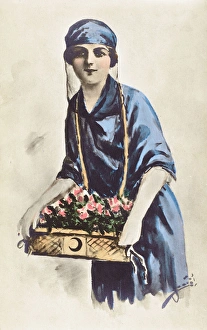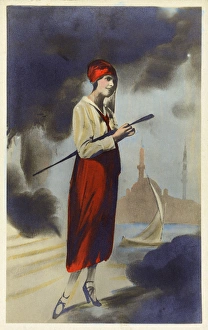Westernisation Collection
"Embracing Change: The Westernisation Movement Unveiled" In the early 20th century
All Professionally Made to Order for Quick Shipping
"Embracing Change: The Westernisation Movement Unveiled" In the early 20th century, a remarkable transformation swept across nations as they sought to modernize and adapt to the changing world. Mustafa Kemal Ataturk, the visionary leader of Turkey, spearheaded this movement with his progressive reforms. One captivating image captures Ataturk dancing joyfully with his adopted daughter, symbolizing their shared enthusiasm for embracing Western values. Ataturk recognized that language is not only a means of communication but also a powerful tool for societal change. His bold decision to reform the Turkish language paved the way for cultural integration and progress. As Turkish women in the 1920s liberated themselves from traditional dress codes, they embraced more contemporary attire that reflected newfound freedom and equality. Meanwhile, halfway across the globe in Japan's Ueno Park in 1881, an industrial exhibition showcased Japan's determination to embrace Western technology and innovation. Woodblock prints captured this momentous event where Japanese society eagerly absorbed knowledge from abroad while preserving their unique identity. The winds of change were not limited to Asia alone; even Empress Visiting General Staff Headquarters presented a tray of westernization possibilities – highlighting how even royalty acknowledged its significance. In America during this era, portraits emerged capturing unidentified women who embodied both grace and strength amidst societal shifts. George Tsaroff's profile portrait between 1872-1880 showcases an individual caught between tradition and modernity—a reflection of personal struggles faced by many during these transformative times. Similarly, Dakota Delegation's group portrait in 1888 exemplifies how indigenous communities navigated through waves of western influence while striving to preserve their heritage. Lastly, King Chulalongkorn's black-and-white photo circa 1880 stands as evidence that westernization transcended borders—reaching far beyond Europe or America—touching distant lands like Thailand too. These images collectively paint a vivid picture of societies grappling with the challenges and opportunities brought by westernization.

